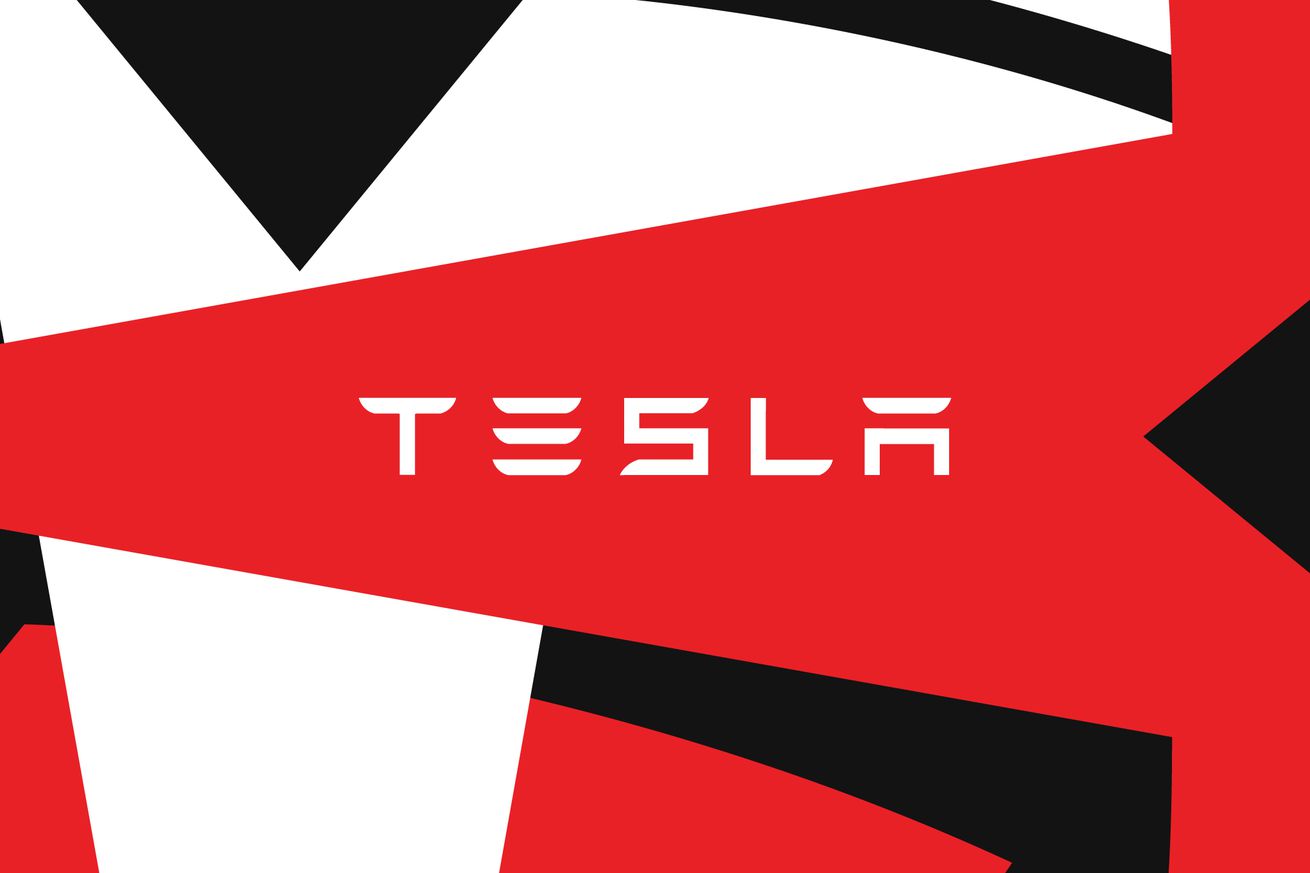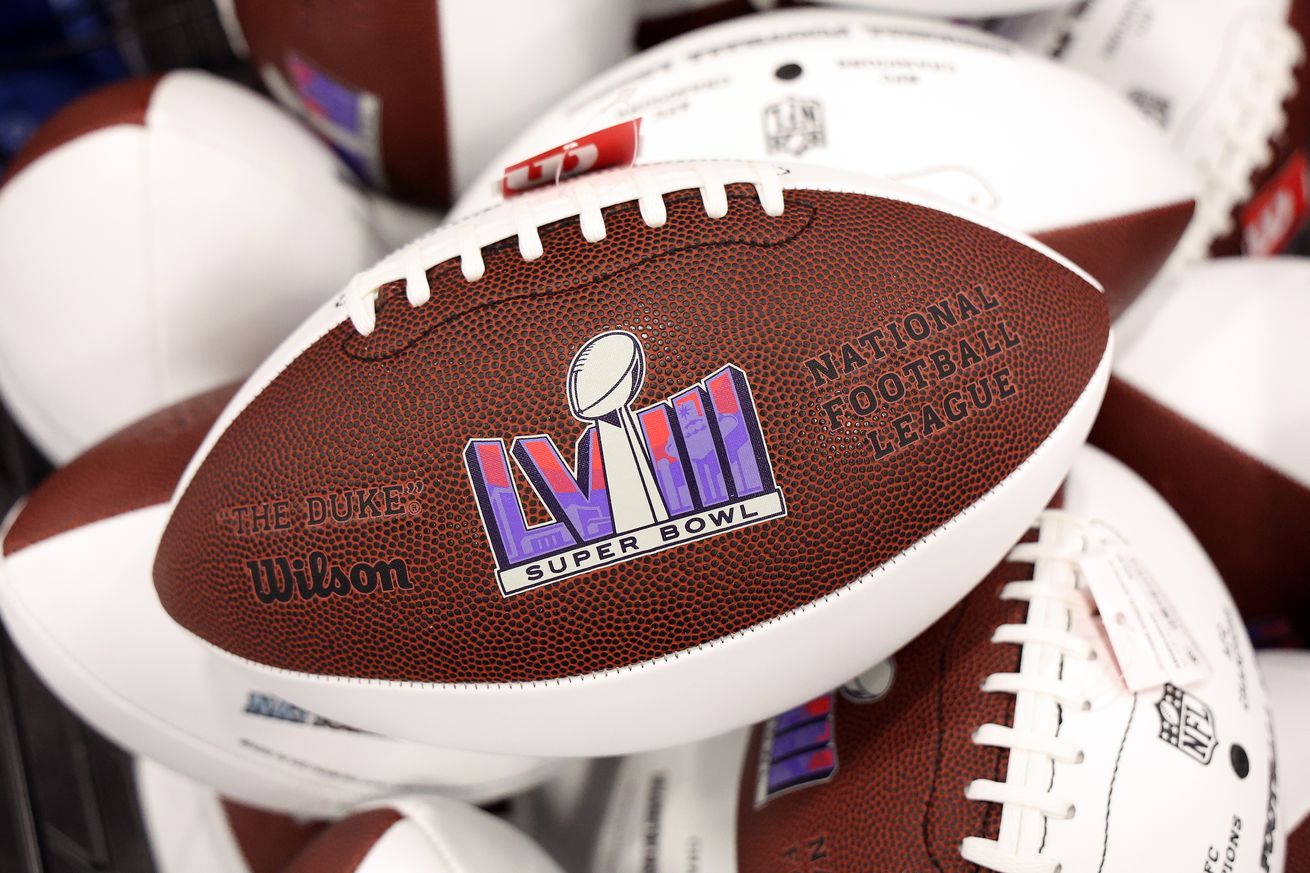
Presidents Day has us thinking about the upcoming election season — not to mention the hotly contested debates and the inevitable onslaught of presidential memes, some of which are likely to be dangerously believable. Regardless of how you feel about politics, however, the holiday remains a great time to save, especially since many deals go beyond the furniture and big-name appliances that will dominate most circulars in the run-up to the holiday on Monday, February 19th.
We’re already seeing tech sales pop up at trusted retailers like Amazon and Best Buy, where you can find great deals on the gadgets we’ve tried, tested, and wholeheartedly recommend. We’re seeing great prices on devices like Amazon’s Fire TV Stick 4K Max and the Roomba j7 (our favorite robovac) as well as the original Google Pixel Watch and excellent OLED TVs like the 65-inch Samsung S95C and LG’s 48-inch C3. We’ve put together a list highlighting the best deals below, which we plan to update throughout the week as more deals and discounts drop.
Smart home deals
- Amazon’s third-gen Echo Show 8 is down to $89.99 ($60 off) at Amazon and Best Buy. The eight-inch smart display can help you manage your other smart home gadgets, keep you up to speed on the news and weather, and make hands-free video calls using one of Alexa’s many skills. It also has a better speaker array and touchscreen than the previous model and adds essential smart home protocols like Zigbee and Thread. Read our review.
- If you just want a small, affordable smart speaker, the fifth-gen Echo Dot with its integrated LED clock is down to $39.99 ($20 off) at Amazon and Target. You can start even cheaper with the colorful Echo Pop, which is going for $24.99 ($15 off) at Amazon, Best Buy, and Target. If you’re anticipating a full smart home buildout, however, we’d recommend starting with the fourth-gen Echo, which has better compatibility with the growing list of Zigbee and Matter devices. It starts at $79.99 ($20 off) at Amazon, Best Buy, and The Home Depot.
- You can save up to 43 percent on Blink cameras right now, including the 1080p Blink Mini, which is on sale for $19.99 ($10 off) at Amazon, Best Buy, and The Home Depot. You can also pick up the Blink Video Doorbell, which you can use wirelessly or hook into your existing doorbell wiring, for $34.99 ($35 off) at Amazon, Best Buy, and The Home Depot. Blink devices are some of our top home security picks for those with tighter budgets, though you’ll need a premium subscription plan ($3 a month) to make the most of them.
- Ring doorbells and cameras are available for up to 40 percent off right now. You can go for the standard battery-powered Ring Video Doorbell that’s only $59.99 ($40 off) at Amazon, Best Buy, and The Home Depot or get inside coverage using the second-gen Ring Indoor Cam with an integrated privacy shutter for $39.99 ($20 off) at Amazon, Best Buy, and The Home Depot.
Laptop and tablet deals
- The latest Amazon Fire HD 10 is down to $94.99 ($45 off) at Amazon, Best Buy, and Kohl’s in the 32GB configuration; you can also step up to 64GB of storage for $104.99 ($75 off) at Amazon and Best Buy. Amazon’s inexpensive tablet runs Fire OS, which comes with a shaky app store and lock screen ads that cost extra to remove, but it’s one of the few we’d recommend for around this price if you want a basic tablet for media consumption.
- The HP Pavilion Plus 14, which is currently on sale at Amazon for $799.99 ($500 off), is a nice value for a 2.8K 14-inch OLED laptop with a 13th Gen Intel Core i7 processor, Nvidia RTX 2050 graphics, 16GB of RAM, and a 1TB SSD. We reviewed the 12th Gen Intel model favorably, but it lacked dedicated graphics, and we’d have appreciated better battery life and a sturdier build quality.
TV and monitor deals
- You can save up to 38 percent on Fire TV devices, including the Fire TV Stick 4K Max, which is down to $39.99 ($20 off) at Amazon, Best Buy, and Target. We feel it’s worth paying slightly more for the Max model over the standard Fire TV Stick 4K, as it has faster performance and Wi-Fi 6 connectivity. Read our review.
- Samsung’s 49-inch Odyssey G9 is available for $1,199.99 ($400 off) from Amazon, Best Buy, and Samsung. We reviewed the QLED model favorably, and the QHD OLED model is capable of the inky colors and contrast we felt the lesser model should have had to justify Samsung’s original asking price.
- Samsung’s 32-inch M8 Smart Monitor is down to $399.99 ($73 off) in white at Amazon. That price is $300 lower than the original asking cost and more than fair for a solid USB-C monitor that doubles as a 4K smart TV. It has apps that let you stream shows and do work, along with a built-in microphone and webcam for making video calls. Read our review.
Headphones and earbud deals
- The Google Pixel Buds Pro are going for $149.99 ($50 off) at Amazon, Best Buy, and Walmart, which is just over $20 more than their all-time low. We think the Buds Pro are the best earbuds you can buy if you own Pixel devices, as they integrate with Google devices more seamlessly. They support newer features like multipoint and spatial audio, too, and come with solid noise cancellation and great battery life. Read our review.
- Amazon’s second-gen Echo Buds from 2021 are down to $74.99 ($45 off) at Amazon. They’re some of the best earbuds you can buy for the money thanks to their great sound quality, ANC, and passthrough performance. They can be a little thirsty for power, however, which is why you might want to consider picking them up with a wireless charging case at Amazon for $94.99 ($45 off). Read our review.
- Sennheiser’s Momentum 4 headphones are down to around $299.95 ($80 off) at Amazon, Best Buy, and Adorama. Their 60-hour battery life is more attractive than their dull design, as is their audio quality, which rivals more expensive headphones like Apple’s AirPods Max. They’re also a lot more comfortable than the previous model. Read our review.
- The Bose QuietComfort Ultra Earbuds, aka the best noise-canceling earbuds you can buy, are down to $249 ($50 off) at Amazon, Best Buy, and Adorama. They offer up to six hours of battery life, IPX4 water resistance, and Immersive Audio (Bose’s version of spatial audio) but are missing conveniences like multipoint support. If you don’t need spatial audio, the QuietComfort Earbuds II are also a great buy, especially since they’re on sale for $199 ($80 off) at Amazon, Best Buy, and Adorama.
Gaming deals
- Samsung’s 512GB Evo microSD card is going for $24.99 ($10 off) at Amazon. It works great for bumping up the storage on handheld consoles like the Nintendo Switch and Steam Deck as well as smartphones or cameras that use SD card slots. It includes an adapter for the latter, though its V30 speeds aren’t ideal for some advanced 4K recording codecs.
- Newegg is selling an AMD Ryzen 9 5950X for $374.99 (about $415) with coupon code PDSSDPA385. It’s one of the lowest prices we’ve found for the 16-core, 32-thread Zen 3 processor, which is one of the most powerful you can buy for an AM4 motherboard.
- Newegg is currently selling digital copies of Diablo IV Ultimate Edition for the Xbox Series X / S for $59.99 ($40 off). The newest in the series, Diablo IV is a massive sequel to the action RPG series with a sinister new antagonist, more dynamic classes, and a reimagined gear system that makes it easier to stack up critical damage. The ultimate edition of the game includes a mount, mount armor, an emote, and a battle pass accelerator that lets you skip 20 tiers.
Smartwatch and wearable deals
- The Google Pixel Watch is going for $199.99 ($150 off) at Amazon, Best Buy, and the Google Store. The second-gen model — which is also currently on sale at Amazon, Best Buy, and the Google Store for $299.99 ($50 off) — is better in almost every way, but the original Pixel Watch was a good first-gen wearable that reset the tone for what a Wear OS watch should be. Just make sure you keep a charger handy on longer days. Read our review.
- Now through February 19th, eBay is letting you save 20 percent on a refurbished Apple Watch Ultra 2 (or any other item from its Presidents Day sale). That brings Apple’s premium smartwatch down to $583.99 ($146 off) with a one-year warranty when you use offer code PRESIDENT20. Read our review.
Other tech and miscellaneous deals
- The Google Pixel 8 is on sale for $549 ($150 off) at Amazon, Best Buy, and the Google Store, which is a great price for a flagship-level smartphone running Google’s latest Tensor G3 chip. It’s also still one of the best smartphones for snapping photos and video, but the Pixel 8 Pro — currently $799 ($200 off) at Amazon, Best Buy, and the Google Store — is even more impressive thanks to its added telephoto camera. Read our review.
- We like EcoFlow’s portable power stations, and its Delta 1300 model is only $799 ($300 off) at Amazon. It has six 1800W AC outlets, four USB-A ports, two USB-C ports, and a car charging port. It’s also compatible with optional solar panels, such as one with a 60W capacity that’s only $99 at Amazon ($40 off).
- The Sony ZV-1 II is down to around $798 ($100 off) at Amazon, Best Buy, and Adorama. Designed for content creators, the ZV-1 II is a solid vlog-friendly 4K camera with a fixed 18–50mm zoom lens that can stop down to an f/1.8 aperture, an improved touch user interface, and refined shooting modes that make it easier for beginners to get good shots compared to the original.



/cdn.vox-cdn.com/uploads/chorus_asset/file/24335192/Roku_TV_Side_Shot.png) Image: Roku
Image: Roku




/cdn.vox-cdn.com/uploads/chorus_asset/file/25282302/Screenshot_2024_02_12_at_2.22.30_PM.png) Screenshot: Wes Davis / The Verge
Screenshot: Wes Davis / The Verge

/cdn.vox-cdn.com/uploads/chorus_asset/file/25281225/s9c8uDG.png) Screenshot by Tom Warren / The Verge
Screenshot by Tom Warren / The Verge


/cdn.vox-cdn.com/uploads/chorus_asset/file/25280589/Setting_up_virtual_card_number.png) Screenshots: Wes Davis / The Verge
Screenshots: Wes Davis / The Verge


/cdn.vox-cdn.com/uploads/chorus_asset/file/25277193/David_Pierce_homescreen.jpg)



/cdn.vox-cdn.com/uploads/chorus_asset/file/25277455/01_data.jpg)
/cdn.vox-cdn.com/uploads/chorus_asset/file/25277456/02_data.jpg)
/cdn.vox-cdn.com/uploads/chorus_asset/file/25277497/03_data.jpg)
/cdn.vox-cdn.com/uploads/chorus_asset/file/25277499/04_data.jpg)

